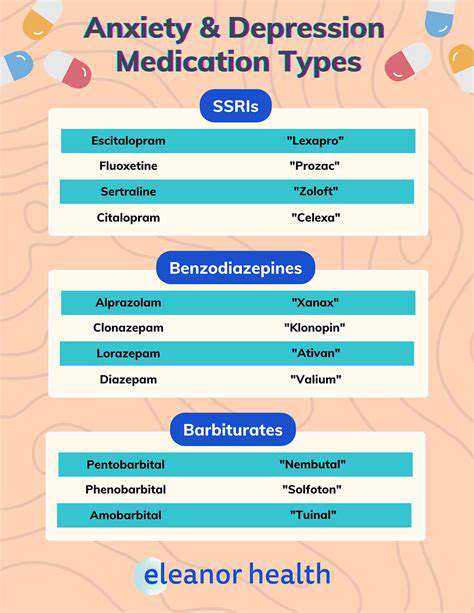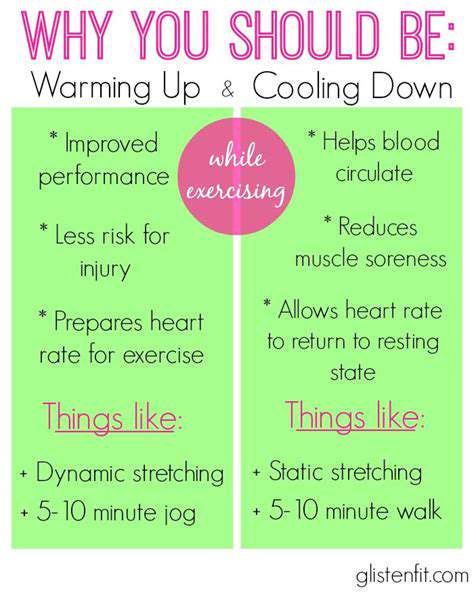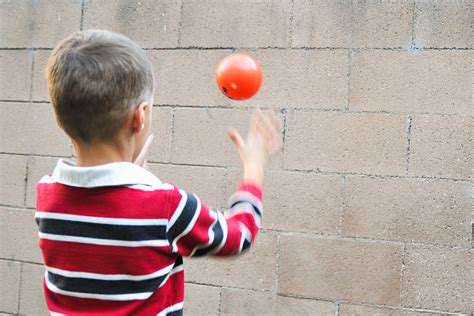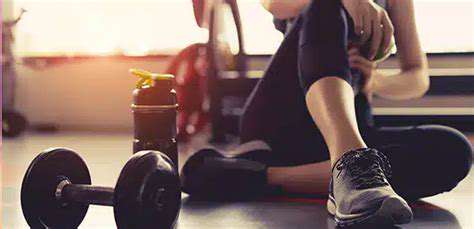Methods for Improving Finger Coordination and Control
Harnessing the Power of Targeted Exercises
Strengthening Individual Finger Muscles
Targeted exercises focusing on individual finger strength are crucial for improving coordination. These workouts, which frequently incorporate resistance bands or light weights, isolate each digit to promote independent motion and control. For instance, lifting small items with one finger while keeping the others stable proves remarkably effective. Regular practice of these focused exercises establishes a foundation for more intricate movements, enabling superior precision and finger agility.
Various implements can aid in strengthening individual fingers. Common household items like marbles or pebbles work well for picking-and-placing drills. These ordinary objects offer resistance that builds strength without specialized gear. Resistance bands or light weights permit more controlled progression, making these exercises adaptable for all skill levels. Maintaining proper form remains essential to ensure the intended muscles are engaged without risking strain or injury.
Developing Inter-Finger Coordination
Enhancing coordination between fingers demands exercises that foster simultaneous movement and controlled interaction. Activities requiring multiple fingers to cooperate - such as using a pincer grip to pick up small objects, manipulating items with both hands, or playing musical instruments - prove particularly valuable. These tasks necessitate exact control and synchronization of finger movements, leading to improved inter-digit coordination and dexterity.
Alternating finger movements also yield benefits. Exercises like sequential thumb-to-finger taps or rhythmic patterns requiring alternating motions significantly boost coordination between fingers. Consistent practice of these drills helps establish neural pathways that facilitate smoother, more precise inter-finger movements, making coordinated tasks feel more natural over time.
Practicing Finger-Wrist Synergy
A critical component of finger coordination involves the relationship between fingers and wrist. Exercises combining wrist and finger movements enhance overall dexterity and precision. These might include tracing patterns while maintaining wrist stability or manipulating small objects with coordinated wrist-finger actions. Such practice improves integration between these body parts.
Everyday activities requiring fine motor control - writing, drawing, or playing instruments - naturally develop finger-wrist synergy. These pursuits demand continuous interaction between wrist and fingers, gradually improving coordination. Regular engagement strengthens this connection, resulting in more controlled and efficient movements.
Applying Targeted Exercises in Daily Activities
The advantages of focused finger coordination exercises extend far beyond practice sessions. Incorporating these principles into daily tasks can dramatically improve dexterity. Musical performance or hobbies requiring fine motor skills (like crafting) reinforce learned movements and coordination. Regular application in real-world situations leads to seamless integration of these enhanced abilities.
This practical application translates to improved performance in various daily tasks - buttoning shirts, tying shoes, or using small tools becomes more precise. Such improvements can significantly enhance independence and quality of life. Consistent practice yields tangible benefits across multiple everyday activities.
The Role of Sensory Feedback in Fine-Tuning Control

Sensory Feedback and Motor Control
Sensory feedback plays a pivotal role in coordinating and refining motor actions. Our bodies continuously process information from multiple sensory systems - vision, proprioception, and touch - which is essential for real-time movement adjustments. This sensory input enables us to modify actions based on environmental factors and body positioning. When walking, for example, feedback from feet and muscles informs the brain about terrain and limb position, allowing for balance maintenance and gait adjustment.
The relationship between sensory input and motor output represents a dynamic process. Continuous sensory data informs motor commands, resulting in fluid, coordinated movement. This sophisticated feedback mechanism proves indispensable for skilled activities like musical performance or athletic endeavors.
Proprioception and Movement Accuracy
Proprioception - our sense of body position and movement - constitutes a critical aspect of sensory feedback. Specialized receptors in muscles, tendons, and joints provide constant information about body part location and orientation. This feedback is vital for posture maintenance and precise movement execution, allowing for ongoing refinement of motor commands.
Without accurate proprioceptive feedback, movements would become jerky and imprecise. Attempting to write or play sports without limb position awareness would prove nearly impossible. Proprioceptive feedback serves as the unseen foundation for smooth, coordinated motion.
Visual Feedback and Spatial Awareness
Visual feedback supplies crucial environmental information. Our eyes continuously gather data about object positions, distances, and spatial relationships. This visual input is essential for guiding actions appropriately. When driving, for instance, visual feedback helps judge distances, maintain lane position, and respond to traffic changes.
Auditory Feedback and Coordination
While less prominent than vision or proprioception, auditory feedback still plays important roles. In musical performance, sounds produced provide feedback about movement accuracy and timing. Recognizing and correcting performance errors often involves interpreting auditory cues. This auditory input facilitates playing style adjustments and skill refinement.
Vestibular System and Balance
The inner ear's vestibular system significantly contributes to balance and spatial orientation. It detects head movements and position relative to gravity, providing crucial information for stability maintenance and posture-related movement coordination. When turning your head, the vestibular system signals the brain to adjust body position for equilibrium maintenance. This process proves essential for activities ranging from walking to complex gymnastic maneuvers.
Tactile Feedback and Object Manipulation
Tactile feedback (touch) is essential for environmental interaction and object manipulation. Skin receptors provide information about pressure, texture, and temperature. This sensory data is crucial for tasks like grasping objects, writing, or performing delicate manipulations. When picking up a glass, tactile feedback enables grip adjustment based on the object's shape and weight. This refined tactile input permits precise control and dexterity.
Integrating Rhythm and Timing for Enhanced Coordination

Understanding the Fundamentals
Rhythm and timing represent fundamental musical elements that extend beyond mere speed or tempo. They involve sound organization in time, creating pulse and flow. Comprehending these concepts proves essential for musicians at all levels, enabling greater expressiveness and performance clarity. This understanding transcends music, influencing our perception of the world and affecting everything from daily routines to artistic expression.
Timing involves precise note and rest placement relative to the beat, while rhythm concerns accented and unaccented note patterns. Their interaction forms musical structure's core, creating dynamic, engaging listening experiences. This complex interplay often goes unnoticed yet remains essential for emotional conveyance and listener engagement.
Applying Rhythm and Timing in Practice
Effective rhythm and timing practice requires more than rote memorization. It demands active listening and acute awareness of musical element interplay. Musicians must develop strong internal timing to maintain synchronization, especially during ensemble performances. This precision is vital for creating cohesive, compelling musical experiences.
Developing robust rhythm and timing skills requires consistent practice. Exercises focusing on beat subdivisions, syncopation, and rhythmic variations help musicians understand how rhythm shapes musical expression. Regular practice combined with active listening forms the cornerstone of mastering these critical elements. This practice should include both individual exercises and ensemble playing to reinforce synchronization and timing skills.
Techniques for Enhancing Rhythmic and Timing Precision
Metronome use represents one effective technique for improving rhythmic and timing precision. Its steady beat provides a reliable framework for pulse development and timing refinement. This tool proves invaluable for developing accuracy, particularly for beginners or when working on specific passages.
Ensemble practice offers another valuable approach. Playing with others necessitates timing adjustments and responsiveness to fellow performers' nuances. This collaborative experience provides real-world performance context, honing adaptability to rhythmic and timing variations.











